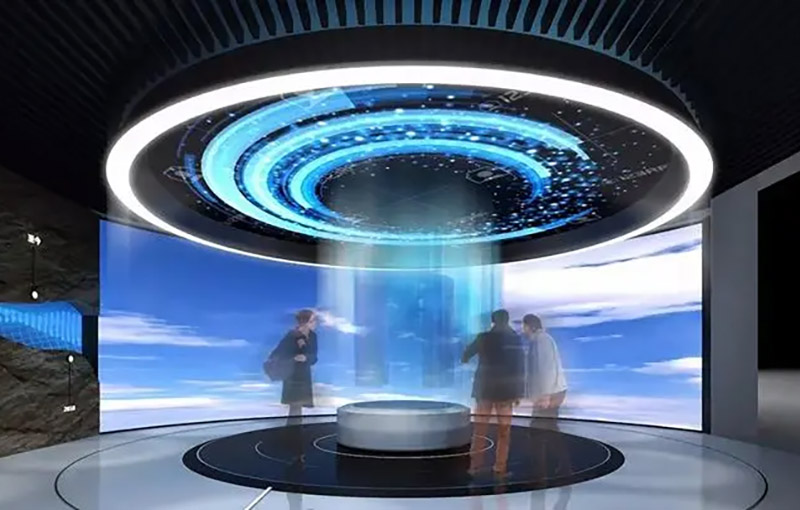Gesture recognition technology is advancing rapidly, and LiDAR is playing a significant role in this evolution. By providing precise depth information, LiDAR enhances gesture recognition systems, leading to more intuitive and interactive multimedia experiences.

Introduction to Gesture Recognition
Gesture recognition involves interpreting human gestures as input commands for controlling devices or interacting with multimedia applications. Traditional gesture recognition systems often rely on 2D cameras, which can struggle with depth perception and accuracy.
LiDAR’s Contribution to Gesture Recognition
LiDAR enhances gesture recognition by providing detailed depth information. Unlike 2D cameras, LiDAR can accurately measure the distance of objects and gestures from the sensor, leading to more precise recognition of hand movements and gestures. This improved accuracy results in a more responsive and natural user experience.
Applications in Multimedia Systems
LiDAR-enhanced gesture recognition is used in various multimedia systems, including smart home devices, interactive displays, and gaming consoles. For example, smart home systems can use LiDAR to control lighting or appliances based on hand gestures, offering a more intuitive way to interact with technology.
Advantages and Challenges
The primary advantage of LiDAR in gesture recognition is its ability to provide accurate depth data, which improves the reliability of gesture-based controls. However, integrating LiDAR into existing systems can be challenging, particularly in terms of processing data in real-time and ensuring compatibility with different platforms.
Future Prospects
As technology advances, we can expect further improvements in LiDAR-enhanced gesture recognition. Future developments may include more compact and affordable LiDAR sensors, as well as advanced algorithms that enhance gesture recognition accuracy and speed.
Conclusion
LiDAR is significantly improving gesture recognition systems by providing precise depth information. Its applications in multimedia systems offer more intuitive and interactive experiences, and future advancements are likely to further enhance its impact.


